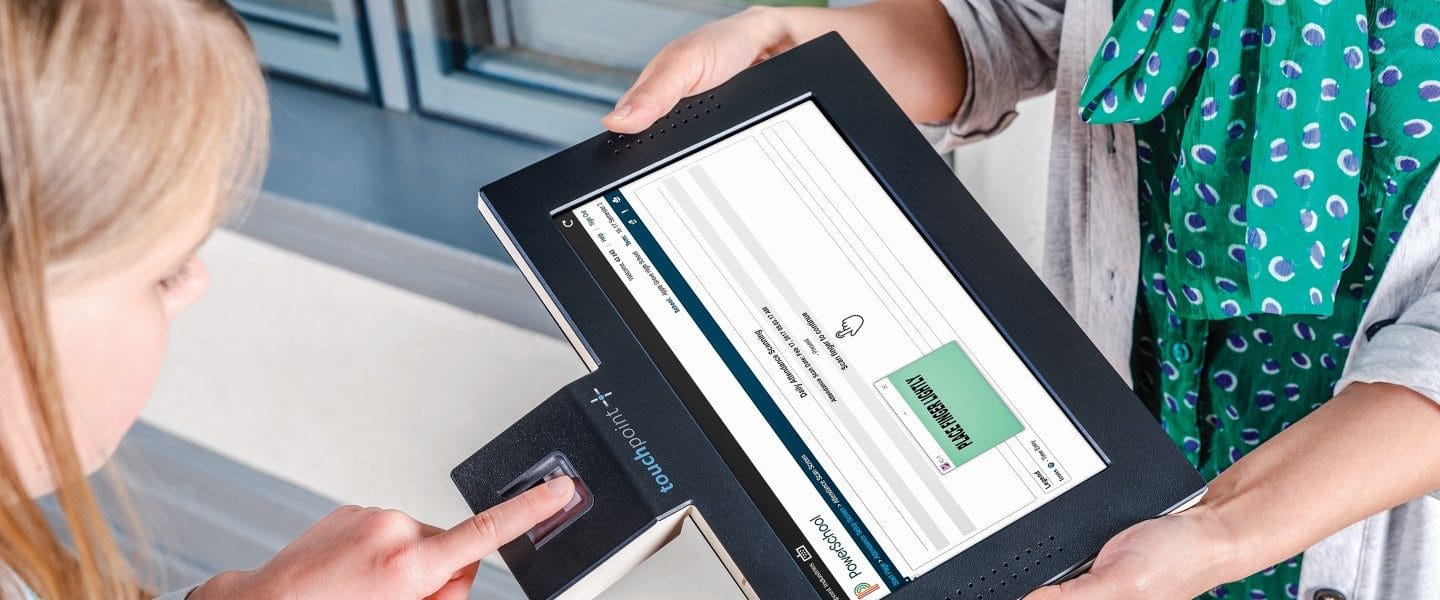By Anne Marie Dunphy
Although it seems futuristic, biometrics is not a new technology.
The ancient Babylonians used fingerprints on clay tablets for business transactions, and the ancient Egyptians used physical characteristics to identify workers to make sure they didn’t claim more provisions than they were entitled – just like governments today are using biometrics to reduce fraud. Chinese merchants in the 14th century used palm prints and footprints to identify children and thumbprints to sign documents.
Fingerprint biometrics began to be scientifically developed at the end of the 19th century with the work of Sir Francis Galton. Galton detailed the first classification system for fingerprints and identified three types of characteristics for fingerprints – loop, whorl, and arch – that are still in use today.
Fingerprint technology began to come into widespread use in the United States in the early 20th century. By the 1990s, a computerized system of storing and cross referencing records known as Automated Fingerprint Identification Systems, or AFIS, was being used throughout the country.
In the United States, the National Child Identification Program was launched in 1997 with the goal of using fingerprints in a national database to help locate and identify missing children. Since its inception, the National Child ID Program alone has distributed more than 4.2 million ID kits.
States have also been focusing public attention on ways to protect young people from harm by using biometrics. For example, in 2000, in the state of Texas, free biometric ID kits were distributed to nearly four million students in kindergarten through 12th grade.
Law enforcement has been using biometric identification for more than a century. We’re now living in a world that is making a real push toward using biometrics for both identification and access-based technology in consumer goods and services (for example, smart phones and financial transactions).
As biometrics are becoming an integral part of our daily lives, the use and acceptance of biometrics in schools is rapidly growing, as well.
Biometrics in Schools
Finger scanning has been used to improve operations and efficiency in U.S. schools since the late 1990s and in European schools since the early 2000s.
Biometric finger scanning technology offers a cost-effective, reliable, easy, and efficient way for school administrators to know for certain who is in their schools, where the students are each period of the day, and that they receive the services they require and deserve.
For example, accurate records in the food service department are critical for reimbursement from the federal government’s $14 billion National School Lunch Program and School Breakfast Program.
According to TechNavio, biometric technology is booming in the U.S. education sector with expected growth of over 23% over the next couple of years.
The technology is most often being used for attendance, cafeteria, library, transportation, applied learning, and security as well as for employee time and attendance.
Finger scanning biometrics is the primary modality because it’s fast, affordable, and easy to implement.
Case Studies
School Breakfast Program
West Virginia is leading the country in School Breakfast Program participation. They have been No. 1 four years in a row. West Virginia is also leading the country in biometrics in K-12 food service operations.
About 70% of the school districts in West Virginia use biometrics in their food service operations in the cafeteria as well as for breakfast in the classroom and Grab ’n’ Go. Students are identified easily, lines move quickly, and records are accurate.
Late Attendance
Chaminade High School, located on Long Island in New York State, had a problem with quickly and efficiently processing tardy students who commute from New York City when the trains run late. Using biometrics with their student identification system was the solution.
Now when the bulk of the students come in – usually 80 students at once – it only takes about 3.5 minutes for the students to scan in and go to class. The attendance records are accurate, students can quickly get to class, and the attendance office runs much more efficiently.
Food Service Audits
Lady Liberty Charter School in New Jersey had issues with their food service audit. Almost all of their students are in the free and reduced lunch program.
In order to receive their reimbursement, they required a reporting system that worked with their cafeteria point-of-sale where there could be no question regarding the accuracy of the records for the Department of Agriculture.
After implementing finger scanning biometrics, not only were their student records accurate, the auditors now spend a few hours, rather than several days, completing the auditing process.
Account Security
Manheim Central School District in Pennsylvania had concerns with the security of their students’ accounts. Parents deposited money in student lunch accounts accessed by a card system.
Lost, stolen, forgotten, and shared cards caused a problem for both parents and food service staff, especially when accounts were breached.
Their goal was simple: find a way to guarantee the security of the students’ accounts. The administration realized that a biometric student ID management system was the best way to protect the privacy of their students’ accounts.
A Technology Solution
Schools are faced with a variety of problems never encountered in previous decades. Security has become a significant concern.
It is now crucial that school administrators know who is in their schools and where the students are at all times. Accurate and auditable attendance and food service records are vital in not only securing, but also maintaining, essential governmental funding.
Accurate identification of students is now critical in all aspects of the day-to-day management and administration of schools.
Forward-thinking school administrators all over the country are reviewing their current approaches to student and staff ID management. The daily frustration and inefficiency of dealing with ID cards, ID numbers and old-fashioned paper and pencil records are becoming a thing of the past.
Biometric technology, specifically finger scanning technology, provides K-12 educators and administrators a trusted, cost-effective, safe, and easy-to-use approach to using technology that is freeing them, as well as their staff and teachers, so they can do what they need to do – teach kids and operate great programs.
Anne Marie Dunphy is the chief financial officer and co-founder of identiMetrics, a technology company providing biometric ID management solutions for students and staff in K-12 education, www.identimetrics.net.









